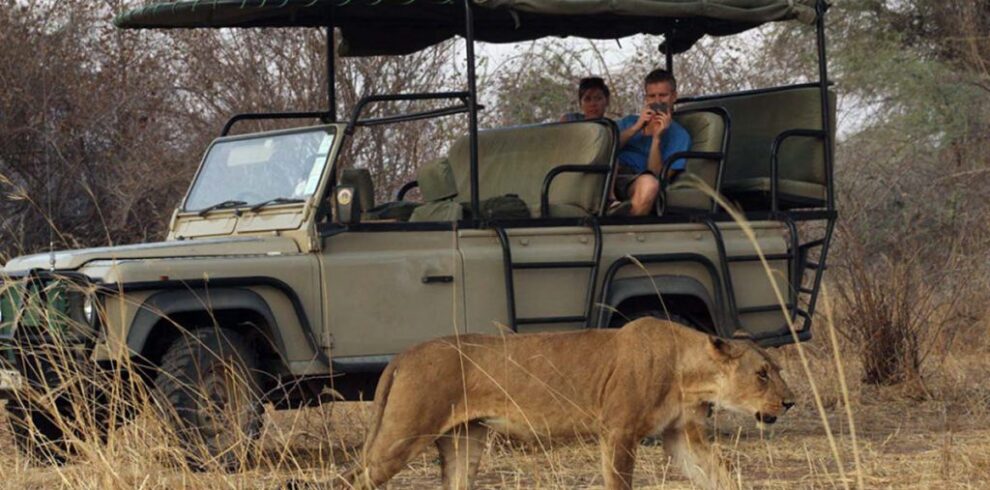Overview of Arusha
A visit to the Ngorongoro Crater is an experience of a lifetime. As the world’s only intact caldera, the crater is the top attraction of the 8,292km²/3,202mi² Ngorongoro Conservation Area. There are few places that have comparable wildlife densities. It is not unusual to see the Big Five in one day here. And all this is in the most amazing setting with a backdrop of the 600m-/1,968ft-high crater wall.
Want to go on Safari?
Catch one our safari ideas below….
10 day Tanzania self drive camping safari
6 Days Tanzania Camping Safari
4 days Tanzania best camping Safari
5 days Tanzania mobile camp safari
Pros & Cons
- Top wildlife viewing all year round
- Superb for spotting predators
- Black rhino is easily seen
- Beautiful scenery
- Staying on the crater rim offers great views into the crater
- Cultural visit to a Maasai village can be arranged
- Very crowded throughout the year
- Entrance to the crater is very expensive
Wildlife
The Ngorongoro Crater offers some of the best wildlife viewing in Africa. The main predators are lion and spotted hyena, but leopard is regularly seen as well. The resident population of black rhinos is a very big attraction, as rhinos are more difficult to spot elsewhere in Tanzania. The crater is also home to a good number of old elephant bulls with massive tusks. These lone giants tend to be super relaxed around vehicles, which can result in very special sightings.
Scenery
The Ngorongoro Conservation Area is stunningly beautiful. Aside from the well-known Ngorongoro Crater, the Empakaai and Olmoti Craters are scenic gems worth visiting too. The forested rim of the Ngorongoro Crater is in stark contrast to the grassland and marsh on the crater floor, where saline Lake Magadi is home to large flocks of pink-hued flamingos.
Activities
The Ngorongoro Crater is best explored on a full day drive with a picnic lunch. Although the crater is phenomenal, it is always busy. By contrast, few people undertake a day trip to the beautiful and hiker-friendly Empakaai and Olmoti Craters. A visit to one of several Maasai villages within the Ngorongoro Conservation Area is a great way to learn about local culture, while the modern museum at Olduvai (Oldupai) Gorge provides insight into the wealth of hominid fossils discovered in the area.
Weather & Climate
The Ngorongoro Crater has a mild climate. Daytime temperatures are pleasant, but it cools down considerably at night. This is especially so on the crater rim. During the area’s Dry season (June to October) days are mostly sunny. Cloudy weather and occasional rainfall are to be expected in the Wet season (November to May).
Best Time To Visit
You can spot wildlife on the crater floor at any time of the year. But the viewing is better in the Dry season (June to October), when the grass is short and smaller animals are easier to see. Also, mist and rainfall is less likely to interfere with your safari at this time.








